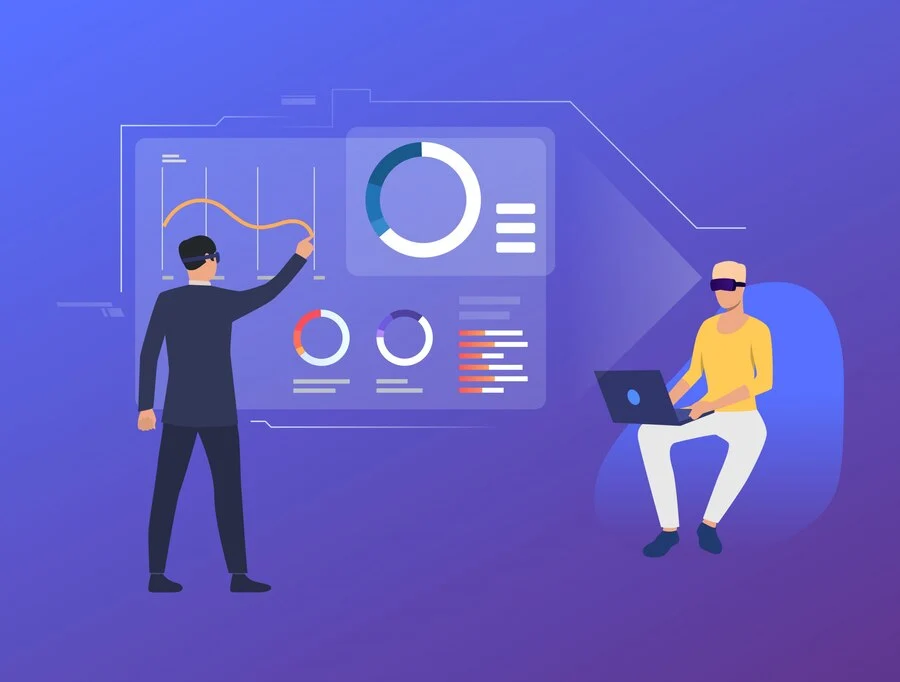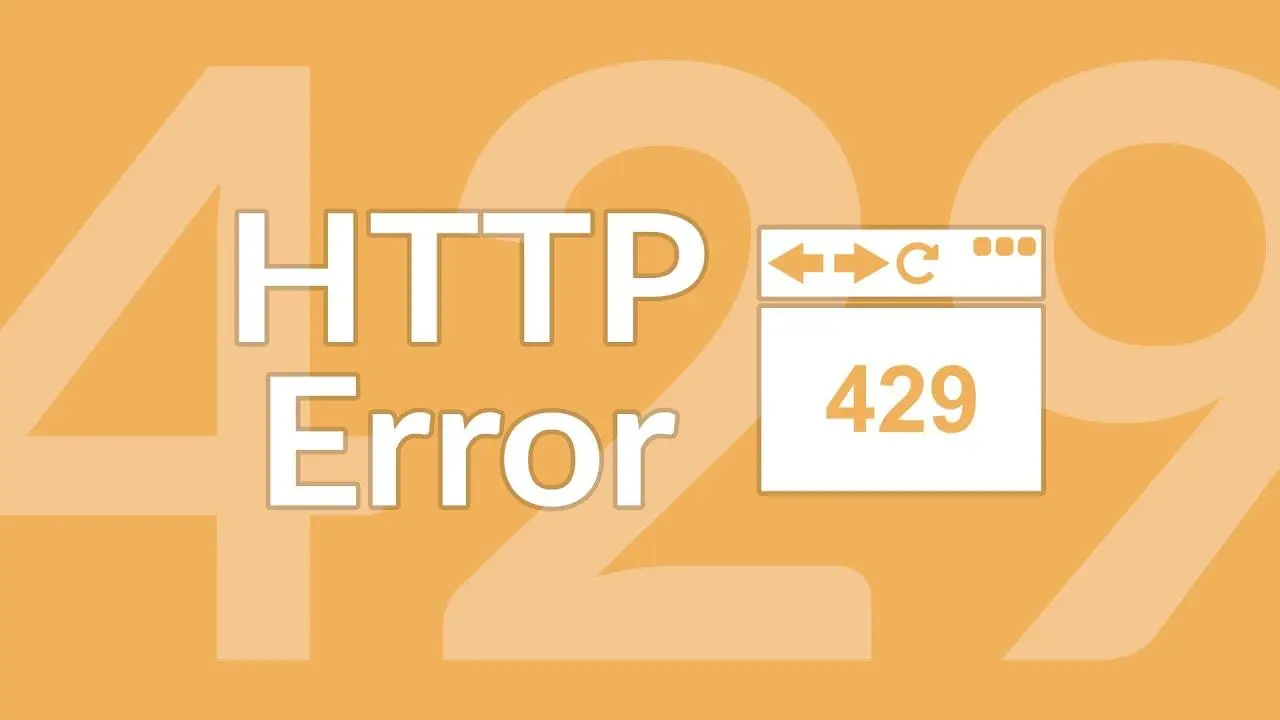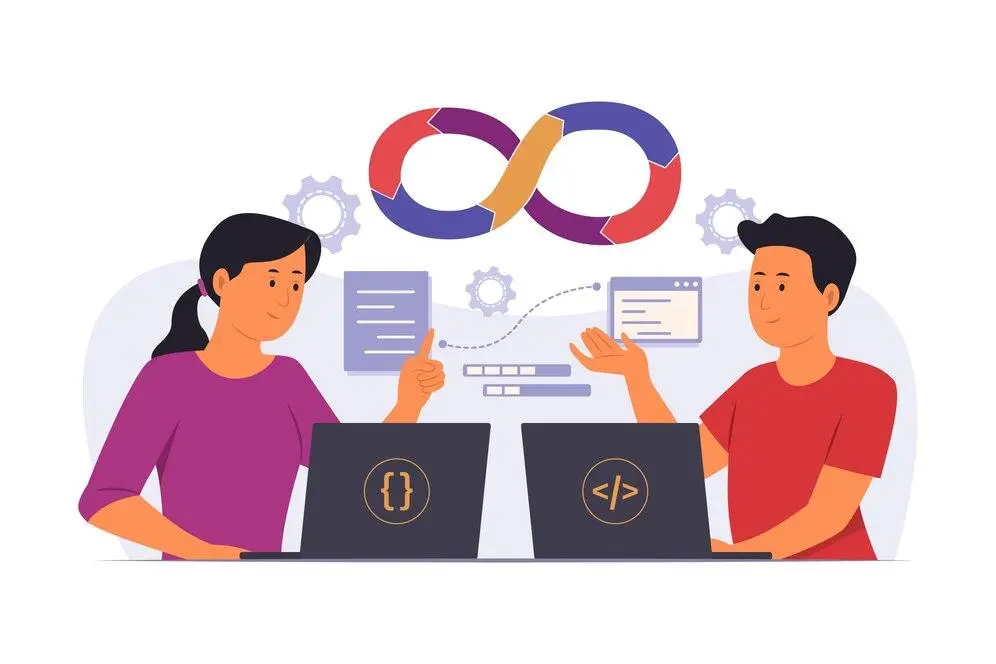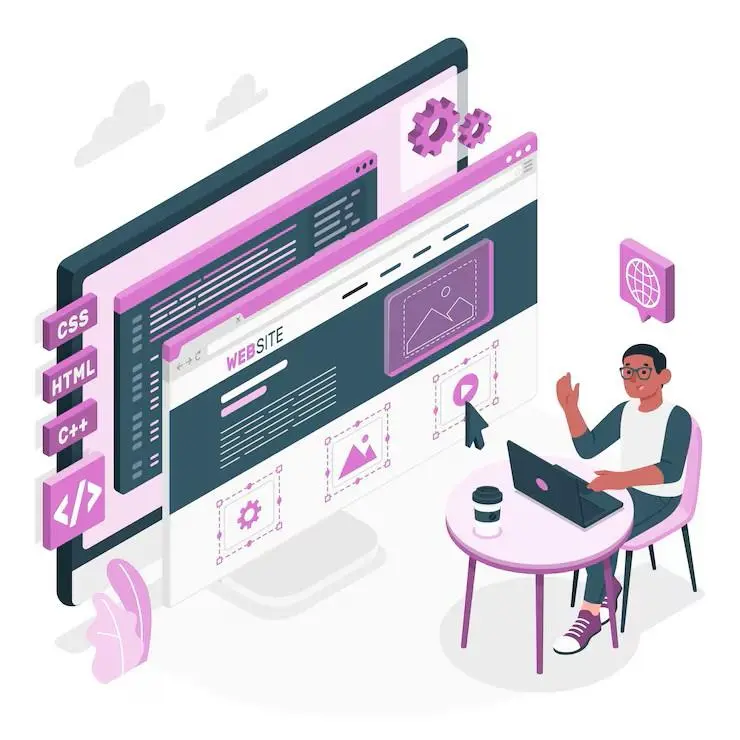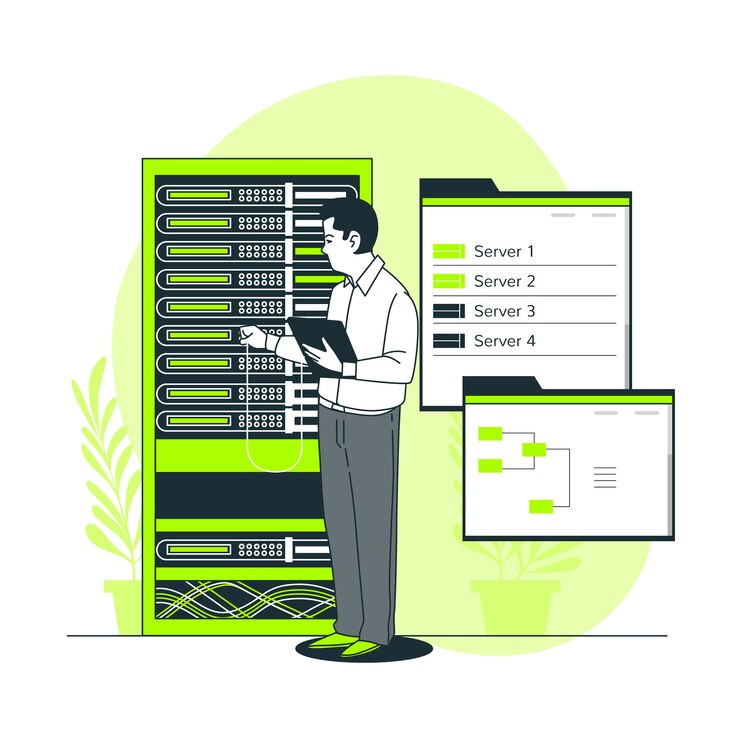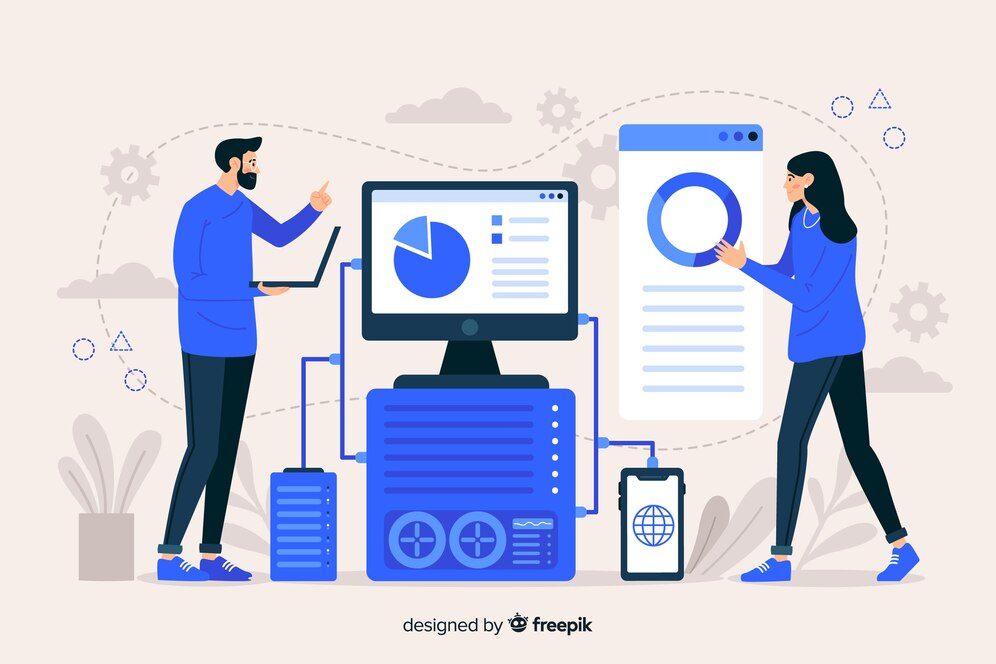Highlights
- Data visualization transforms raw data into visuals, making it easier to identify patterns and insights for informed decision-making.
- Common big data visualization techniques include charts, plots, maps, diagrams, and matrices, each suited for different data types and goals.
- Tools like R, Python, and Tableau offer robust platforms for big data analysis, each with unique features for data manipulation and visualization.
- Best practices, like knowing your audience and minimizing clutter, are crucial for creating effective, impactful visualizations.
- Data storytelling enhances data visualization by combining visuals and narrative, making data insights more accessible and meaningful.
Traditionally defined as “the formation of visual images” or “interpretation in visual terms,” visualization has expanded in the digital age to include “a tool or method for interpreting data in computers” and “a means of creating visual representations from complex, multidimensional datasets.”
At its core, data visualization maps data to graphical objects, transforming numbers and tables into visuals that reveal patterns and insights.
You may wonder now “What is common visual big data analysis technique?”. Well, there isn’t just one, there are a few. So, let’s see what these techniques are:
Visualization Power in Big Data Analysis
Compared to traditional tables or descriptive statistics, visuals enhance data comprehension by revealing patterns, distributions, correlations, and outliers that may be difficult to identify in raw data alone. Visualization of data is important to present it in an accessible and comprehensible format. It allows data scientists to make data-driven decisions easily.
Whether data scientists are uncovering trends through A/B testing or explaining potential biases in large models, the right data visualization methods bring data insights to life, streamlining communication and supporting critical decision-making.
Though visualization is important, effective communication is required too. This is where data storytelling comes into the picture. This approach combines visuals, narrative, and data to form a connection and makes data easy to understand to make informed decisions.
Key Techniques for Visualizing Big Data
Different data visualization techniques suit various types of data and goals. Here are some of the most widely used methods in Big Data visualization:
Charts
Charts are among the most straightforward ways to display data relationships, making them a common choice for visualizing Big Data. Bar and line charts are excellent for showing trends or changes over time, while pie charts effectively illustrate proportions within a single dataset.
Moreover, charts help in quick overviews and help in identifying high-level patterns. This makes them ideal for summarizing and comparing data sets.
Plots

Plots are used to distribute data points in two and three-dimensional space. They highlight the relationship between different datasets. Such plot types include scatter plots and bubble plots; both these plots display relationships between variables or categories.
However, for complex data structures complex plots like box plots present a clear picture of data distribution. It highlights outliers, quartiles, and variability across datasets.
Maps
Maps are perfect for industries where geography is a critical factor. They allow data to be visualized spatially. Popular map types include:
- Heatmaps: They display data density across regions
- Dot distribution maps: showing the occurrence of specific data points in different areas
- Cartograms: They illustrate quantitative information through spatial distortion.
These maps provide information regarding location-specific patterns. These features make them important for retail, logistics, and urban planning industries.
Diagrams and Matrices
Diagrams present complex data relationships. They are used to represent hierarchical and multi-dimensional data structures. They work in the form of flowcharts, network diagrams, and tree diagrams. This helps them define the interlinked components of data, providing a structured view of relationships in data.
Matrices on the other hand examine the correlation among multiple, continuously updating data sets. They help viewers to see how different variables interact within a dataset. This feature helps in identifying patterns in real-time data.
Big Data Visualization Tools
The following tools are frequently used by data professionals to analyze and visualize Big Data, providing robust platforms for developing detailed insights.
R

R is an open-source programming language. It is created primarily for statistical analysis of data and data visualization. It has libraries for statistical functions like clustering and regression to anomaly detection. These libraries make R an essential tool in the field of big data and machine learning.
For example, R can quickly calculate complex relationships, such as the average grades of university graduates over multiple years or the solvency of clients across different sectors.
With its extensive statistical libraries, R excels at visualizing data through charts, scatter plots, and multi-dimensional graphs. R provides flexible and customizable visuals, from simple pie charts to advanced 3D scatter plots and cumulative distribution plots.
Its capabilities in matrix manipulation and statistical calculations allow for in-depth analyses of data trends, correlations, and covariances. Additionally, R is widely supported by free Integrated Development Environments (IDEs) like RStudio, which enhances user experience by offering an interactive workspace.
As a cost-effective solution for businesses of all sizes, R is available for free and compatible with various operating systems, making it accessible to both large corporations and smaller enterprises.
Python
Python is a versatile language and is known for its lower learning curve compared to other languages like Java or Scala. Due to this flexibility, this language is well-accepted among data analysts as one of the great big data visualization tools. Python provides powerful tools for machine learning, data mining, and statistical analysis.
It has the following libraries:
- TensorFlow
- PyTorch
- Scikit-Learn
- Pandas
Python’s extensive libraries simplify working with Big Data frameworks like Apache Kafka, Spark, and Hadoop, which are frequently used in Big Data processing. This capability is essential for Data Scientists and Engineers who need to manage and analyze large datasets effectively.
Using Python, a data analyst can clean data, remove duplicates, and detect trends, while data engineers can create pipelines to gather, process, and store data efficiently. The language’s adaptability across different roles makes it indispensable in Big Data.
Beyond basic analysis, Python offers the capability to design custom dashboards and applications for real-time data interaction. This makes it suitable for roles such as data engineers, who may need to authenticate users or services in cloud environments using Python-based solutions.
Tableau
Tableau allows real-time data processing making data visualization a lot easier. It enables users to combine data from various sources—cloud databases, relational systems, and file storage—into a single dashboard.
Tableau is highly accessible, requiring minimal setup and offering a range of pre-designed templates, making it a preferred tool for business users who need a flexible, interactive platform.
One of Tableau’s greatest strengths is its ability to share reports with multiple users, either through a URL, email, or a Tableau server. This allows teams to collaborate on projects in real time, providing access to a centralized repository of insights.
Tableau’s intuitive interface and drag-and-drop features make it an ideal choice for those with limited technical expertise, while its compatibility with cloud and local databases broadens its use across industries.
Key features of Tableau include:
- User-defined dashboards
- Data filtering
- Integration with data storage systems e.g. data Warehouses
The platform is well-suited for generating reports of varying complexity, from simple charts to comprehensive trend analyses, with minimal technical setup required.
Best Practices for Effective Data Visualization
To achieve clarity and impact, effective data visualization requires more than choosing the right technique. Here are some essential best practices to consider:
- Know Your Audience
Successful visualizations consider the viewer’s level of expertise and interests. Tailoring visualizations to meet the audience’s knowledge level ensures that key insights are communicated clearly. Visualizations for executives, for instance, may focus on high-level trends, while those for technical teams might highlight detailed metrics.
- Clear the Clutter
Clutter can distract viewers and obscure the meaning of a visualization. Simplify your visuals by removing unnecessary elements and focusing on the data that matters. Ask yourself whether each element serves a purpose for the audience, then cut or streamline as needed.
- Use Consistent Fonts and Colors
Consistency in design elements such as font size and color enhances readability. Limit font styles and sizes to create a visual hierarchy, and use color thoughtfully to draw attention to key points or highlight data categories. A consistent color palette across a set of visuals reinforces the narrative and guides the viewer’s focus.
Conclusion
We hope you found your answer to “What is common visual big data analysis technique?” from this article. The role of data visualization is indispensable in Big Data analysis. By transforming raw data into compelling visuals, data professionals can communicate complex findings effectively. It encourages data-driven decision-making across organizations.
Whether you’re just starting with data visualization or looking to refine your techniques, mastering the right tools and adhering to design best practices is important. However, if you want to make things easy, you can rely on Tambena Consulting for their detailed, on-point professional assistance.
